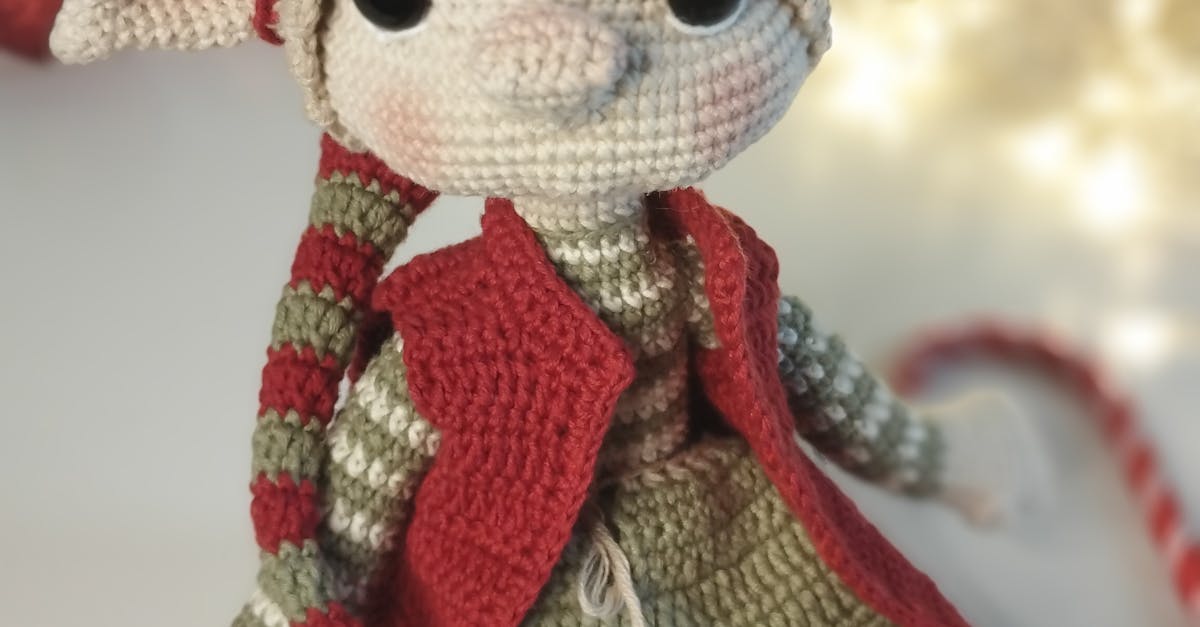Crochet patterns can sometimes feel like deciphering a secret code, especially with all the intricate abbreviations used. Whether you’re diving into the world of stitches, amigurumi, tapestry crochet, or Tunisian crochet, understanding pattern abbreviations is essential for mastering your craft. In this guide, we unveil 17 dramatic procedures to help you unravel the mystery behind crochet pattern abbreviations.
1. Get Acquainted with Stitch Abbreviations: Each stitch has its own abbreviation in crochet patterns. Take the time to familiarize yourself with common abbreviations like sc (single crochet), dc (double crochet), and tr (treble crochet).
2. Embrace the Amigurumi Lingo: Amigurumi patterns often include unique abbreviations such as inc (increase) and dec (decrease) for shaping your adorable creations.
3. Navigate Tapestry Crochet Terms: In tapestry crochet, abbreviations like MC (main color) and CC (contrast color) guide you through color changes to create intricate designs.
4. Master Tunisian Crochet Notations: Tunisian crochet patterns use abbreviations like TSS (Tunisian simple stitch) and TKS (Tunisian knit stitch) for creating dense, textured fabrics.
5. Decode Pattern Repetitions: Look out for abbreviations like rep (repeat) and rnd(s) (rounds) to understand when to repeat a sequence of stitches throughout your project.
6. Note Hook Sizes: Pay attention to abbreviations specifying hook sizes, such as H/8 (5 mm) or N/15 (10 mm), to achieve the desired gauge and drape for your project.
7. Unravel Special Stitches: Abbreviations like fptr (front post treble crochet) and sc2tog (single crochet two stitches together) indicate unique techniques that add dimension and interest to your crochet work.
8. Understand Shaping Instructions: Abbreviations such as inc 1 (increase one stitch) and sk (skip) provide guidance for shaping your piece while maintaining a consistent stitch count.
9. Utilize Stitch Markers: Abbreviations like PM (place marker) and SM (slip marker) help you keep track of key points in your pattern, especially in complex projects.
10. Mind Pattern Repeats: Abbreviations like *…* and […] signify repeated sections within a pattern, ensuring continuity and symmetry in your work.
11. Follow Color Change Guidelines: Abbreviations like C1 (color 1) and MC (main color) indicate when and how to switch yarn colors seamlessly in your project.
12. Stay Consistent with Yarn Over (YO): Abbreviations like yo (yarn over) are crucial for creating lace-like designs and maintaining proper tension in your stitches.
13. Check Gauge Instructions: Abbreviations such as ch (#) and sts (#) specify the number of chains and stitches needed to achieve the pattern’s recommended gauge for a perfect fit.
14. Mind Your Turning Chains: Abbreviations like ch-1 (chain one) and ch-3 (chain three) at the beginning of rows ensure a smooth transition between rows and maintain stitch alignment.
15. Work with Invisible Join: Abbreviations like inv join (invisible join) guide you on how to seamlessly finish off your work without any visible seam lines.
16. Embrace Crochet Chart Symbols: In addition to abbreviations, crochet charts use symbols to represent each stitch, making it easier to visualize complex patterns and designs.
17. Practice Patience and Perseverance: Deciphering crochet pattern abbreviations may seem daunting at first, but with practice and patience, you’ll soon become fluent in the language of crochet patterns and unleash your creativity with confidence.
By mastering these 17 dramatic procedures for understanding pattern abbreviations in crochet, you’ll elevate your skills and unlock a world of endless possibilities in the realm of stitches, amigurumi, tapestry crochet, and Tunisian crochet. Happy crocheting!


